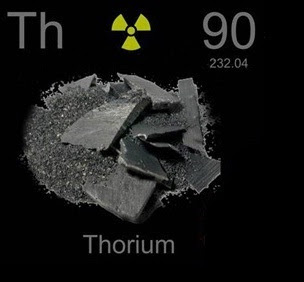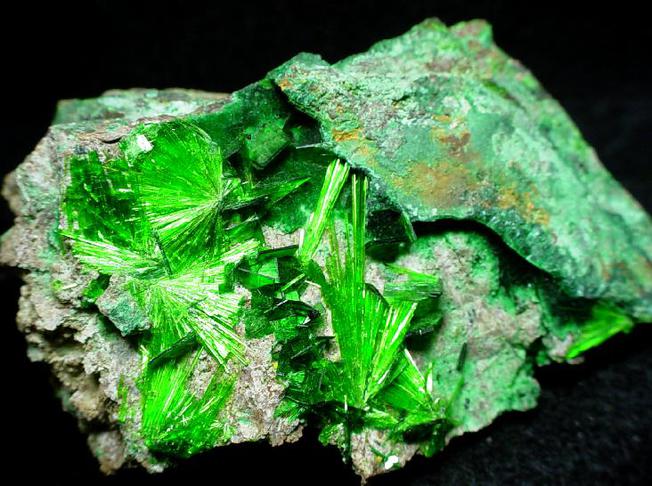Separation of uranium and thorium Uranium Thorium from waste liquid ion exchanger using nanoparticles of SnO2 (Doctor of nano-micro-electronics)
Researcher and author: Dr. ( Afshin Rashid)
Note: Thorium is one of the chemical elements of the periodic table. Its short symbol is Th and its atomic number is 90. Thorium is one of the densest materials on the planet, with about 20 million times the energy of coal.
Thorium is found in very small amounts in most rocks and soils, and is three times more abundant in uranium, about as common as lead. Soil is usually about 6 ppm thorium. They are a rare earth thorium phosphate mineral (monazite) which contains approximately "more than 12% thorium oxide". Thorium-232 decays very slowly; But its other isotopes are in its erosion chain and uranium. Most of these isotopes are short-lived and therefore much more radioactive than Th-232, although they are less important on a large scale. Uranium, a heavy, toxic, metallic, radioactive, and silvery white element, belongs to the actinide group and its isotope 235 is used to fuel nuclear reactors .Uranium is a white, silvery-white metal with a low radioactivity during refining, which is slightly softer than steel . This metal is a thorny hammer, conductive and slightly paramagnetic . The density of uranium is 65% higher than the density of lead . If uranium is well separated, it is strongly affected by cold water and oxidizes in the air. Uranium extracted from mines can be chemically converted to uranium dioxide and other industrially available species.
Thorium dioxide, ThO 2 , is industrially known as thorium and is used in most applications of thorium, characterized by its chemical composition with the highest melting point (3300 ° C). Nanoparticle surface atoms are not energy compensated. In general, the results ofnanoparticleenergy growth can be expressed as the total energy of the atomic surface atoms. The freedom of movement of atoms on the surface of nanostructures is limited, and only vibrational movements and the movement of electrons are possible. These two electro-kinetic reactions are interdependent because the displacement of the electron clouds of the atoms inevitably changes the vibrational frequencies of the bonds of the nanoparticle atoms . On the other hand, the displacement of valence electrons in bonds is the polarity of bonds and bodies called supermolecules. Changes. In this case, electron transfer to a higher energy level is possible.
Conclusion :
Thorium is a chemical element in the periodic table. Its short symbol is Th and its atomic number is 90. Thorium is one of the densest materials on the planet, with about 20 million times the energy of coal.
Researcher and author: Dr. ( Afshin Rashid)
PhD in Nano-Microelectronics




